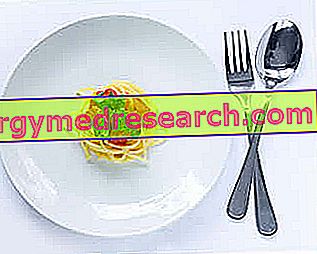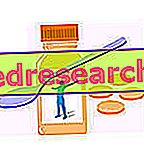Related articles: Joint Pouring
Definition
Joint pouring is a collection of fluid produced by the synovial membrane, the tissue that lines the inner surface of the joint capsule. This symptom may be associated with pain, difficulty in movement and joint swelling.
As a rule, the synovial fluid serves to lubricate and nourish the joint, but some stimuli can excessively increase its production, causing a swelling.
The payment can also be defined:
- Hydroartre, if the excess fluid inside the joint is serous;
- Emartro, when the effusion in a joint is blood.
Articular effusion can be caused by traumatic lesions (fracture of the joint, distortion, meniscus injury), infectious diseases, synovitis, arthrosis and rheumatic inflammatory diseases (rheumatoid arthritis, ankylosing spondyloarthritis, chondrocalcinosis, etc.) and synovials (tumors of the synovial membrane ).

Possible Causes * of Joint Pouring
- Amyloidosis
- Arthritis
- Juvenile Idiopathic Arthritis
- Psoriatic arthritis
- Reactive arthritis
- Rheumatoid arthritis
- Arthrosis
- Bursitis
- chondrocalcinosis
- chondromalacia
- Distortion
- Rheumatic fever
- Gout
- Dislocation
- Scarlet fever
- Syphilis
- synovitis
- Ankylosing spondylitis
- Tendinitis
- tenosynovitis
- Typhus
- Tuberculosis



